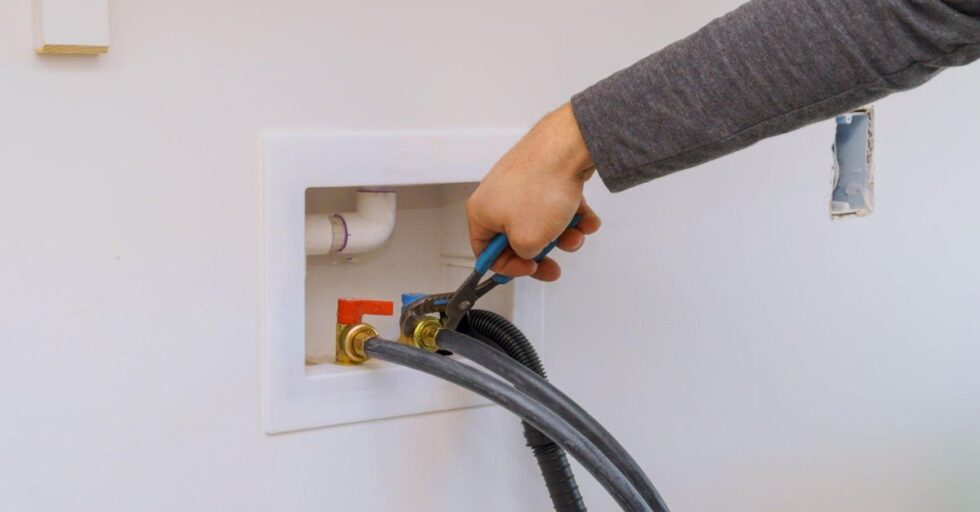
When it comes to the intricate world of industrial machinery and systems, it’s often the seemingly small and simple components that play a crucial role in ensuring everything operates smoothly. One such unsung hero in this realm is the drain valve. While it may appear to be a straightforward and unassuming part, the drain valve serves a purpose that is far from insignificant. In this comprehensive exploration, we delve into the world of drain valves, shedding light on their importance, types, applications, and maintenance practices.
What Is a Drain Valve?
A drain valve, at its core, stands as a mechanical wonder designed to regulate the flow of liquids or gasses, typically guiding them in a downward direction. Its primary mission is to eliminate unwanted fluids from diverse systems and containers, ensuring that they consistently operate at peak performance. These devices come in a plethora of sizes, shapes, and materials, making them adaptable to a wide spectrum of industrial settings.
Types of Drain Valves
Drain valves are not one-size-fits-all; they come in different types, each tailored to specific applications. Here are some common types of drain valves:
- Ball Drain Valve: This type of valve features a spherical closure element that provides excellent sealing capabilities. Ball drain valves are often used in applications where a tight seal is essential, such as in high-pressure systems.
- Gate Drain Valve: Gate valves are known for their ability to provide a full flow when fully open. They are suitable for applications where unrestricted flow is required, such as draining large volumes of water quickly.
- Butterfly Drain Valve: Butterfly valves are characterized by a disc-shaped closure element that pivots to control flow. They are commonly used in applications where space is limited and a quick shutoff is needed.
- Float Drain Valve: Float valves utilize a float mechanism to control the opening and closing of the valve. They are often used in water storage tanks to maintain a consistent water level.
- Solenoid Drain Valve: Solenoid valves are electronically controlled and are frequently used in automated systems to regulate fluid flow. They are known for their precision and reliability.
Applications of Drain Valves
The versatility of drain valves means they find applications in a wide range of industries. Here are some notable uses:
- Compressed Air Systems: Drain valves are crucial for removing condensate from compressed air systems. Without proper drainage, moisture buildup can lead to equipment damage and reduced efficiency.
- Hydraulic Systems: In hydraulic systems, drain valves help maintain the quality of hydraulic fluid by removing contaminants and preventing fluid degradation.
- Oil Tanks: Oil tanks require drain valves to remove impurities and sediment that can accumulate at the bottom, ensuring the oil remains clean and functional.
- Cooling Systems: Drain valves are used in cooling systems to prevent the buildup of impurities and sediment, which can hinder heat exchange efficiency.
- Steam Systems: Steam systems rely on drain valves to remove condensate, ensuring the uninterrupted flow of steam in various industrial processes.
Functions of Drain Valves
Understanding the functions of drain valves is pivotal in appreciating their importance. Here are some key roles they play:
Fluid Removal: Drain valves efficiently remove unwanted liquids or gases, preventing the accumulation of contaminants or impurities within systems.
Maintenance: Regular draining ensures that systems remain in optimal working condition, reducing the risk of damage or malfunction.
Safety: In emergency situations, the ability to quickly shut off the flow of hazardous substances is critical, and certain types of drain valves excel in this aspect.
Importance of Proper Maintenance
While drain valves are essential for the smooth operation of various systems, they can become problematic if not properly maintained. Neglected drain valves can lead to leaks, clogs, and decreased efficiency. To ensure their reliability, regular maintenance practices should be followed:
- Inspection: Periodically inspect drain valves for signs of wear, corrosion, or damage. Address any issues promptly to prevent further damage.
- Cleaning: Clean drain valves regularly to remove any accumulated debris or sediment. This helps maintain optimal flow and prevents blockages.
- Testing: Test the functionality of drain valves to ensure they open and close properly. Replace any malfunctioning valves immediately.
- Lubrication: Apply lubricants to moving parts of drain valves to prevent friction and extend their lifespan.
- Replacement: When drain valves reach the end of their service life, it’s crucial to replace them promptly to avoid system downtime and potential damage.
Conclusion
In summary, although drain valves might appear as modest components within the vast landscape of industrial machinery, their contribution to sustaining system efficiency and averting potential damage should not be underestimated. By comprehending the diverse array of drain valve types, their practical uses, and the significance of routine upkeep, industries can guarantee the continued effective performance of these seemingly unremarkable devices. Thus, the next instance you come across a drain valve in an industrial environment, keep in mind that it represents more than just a basic component; it stands as an integral factor in the success of the machinery.








